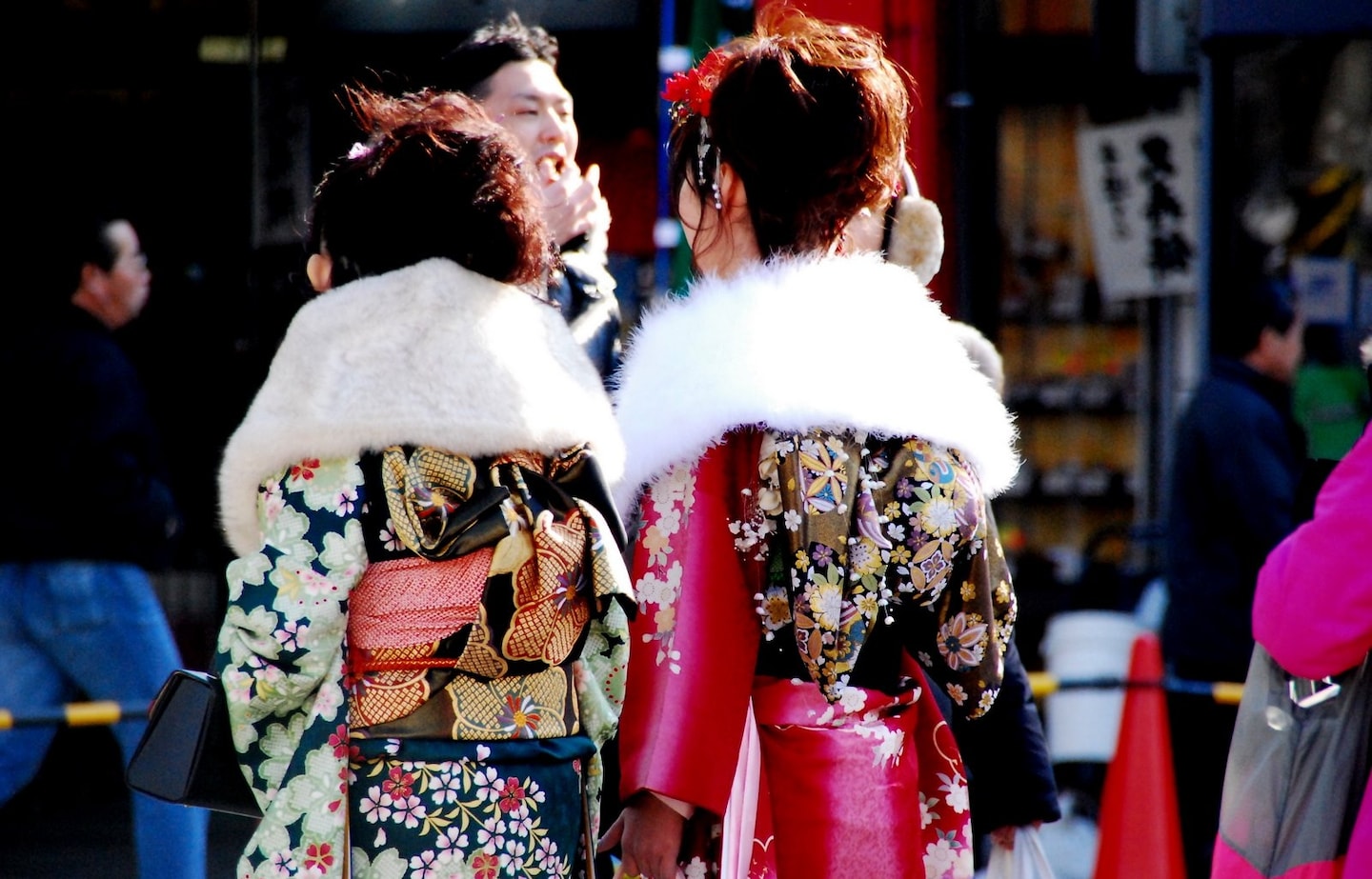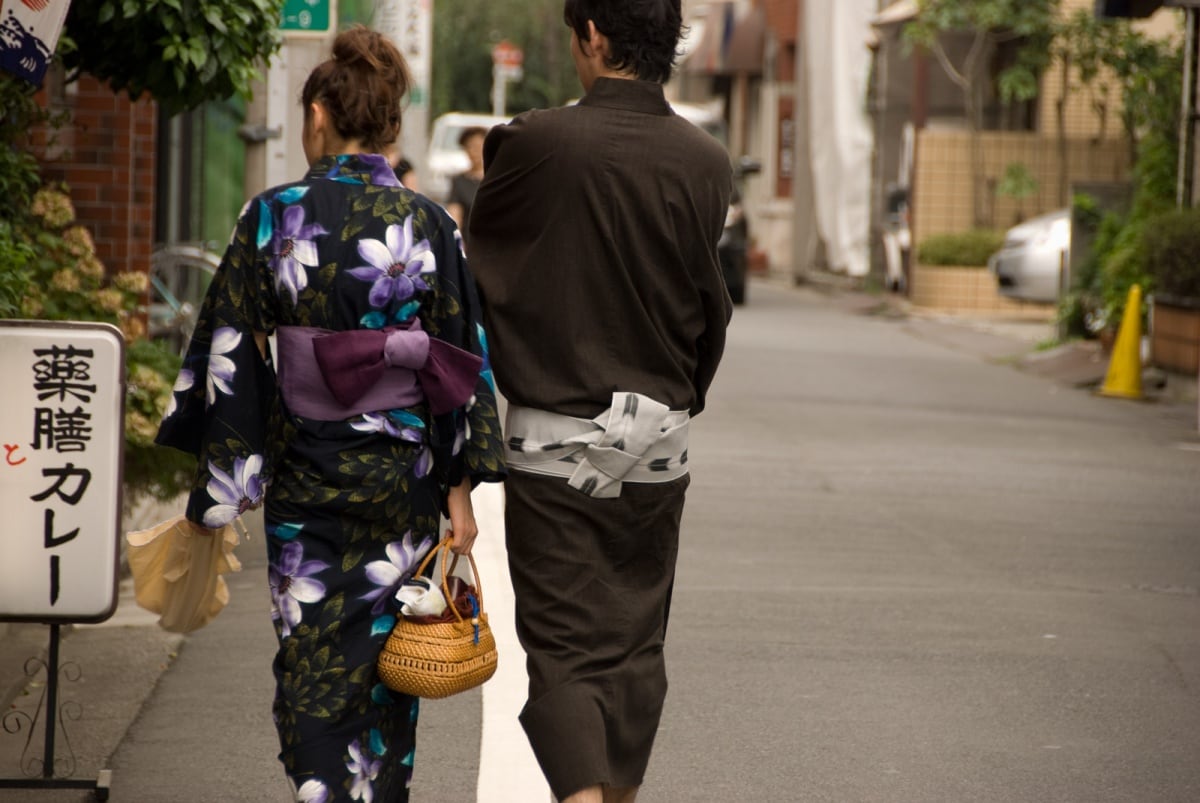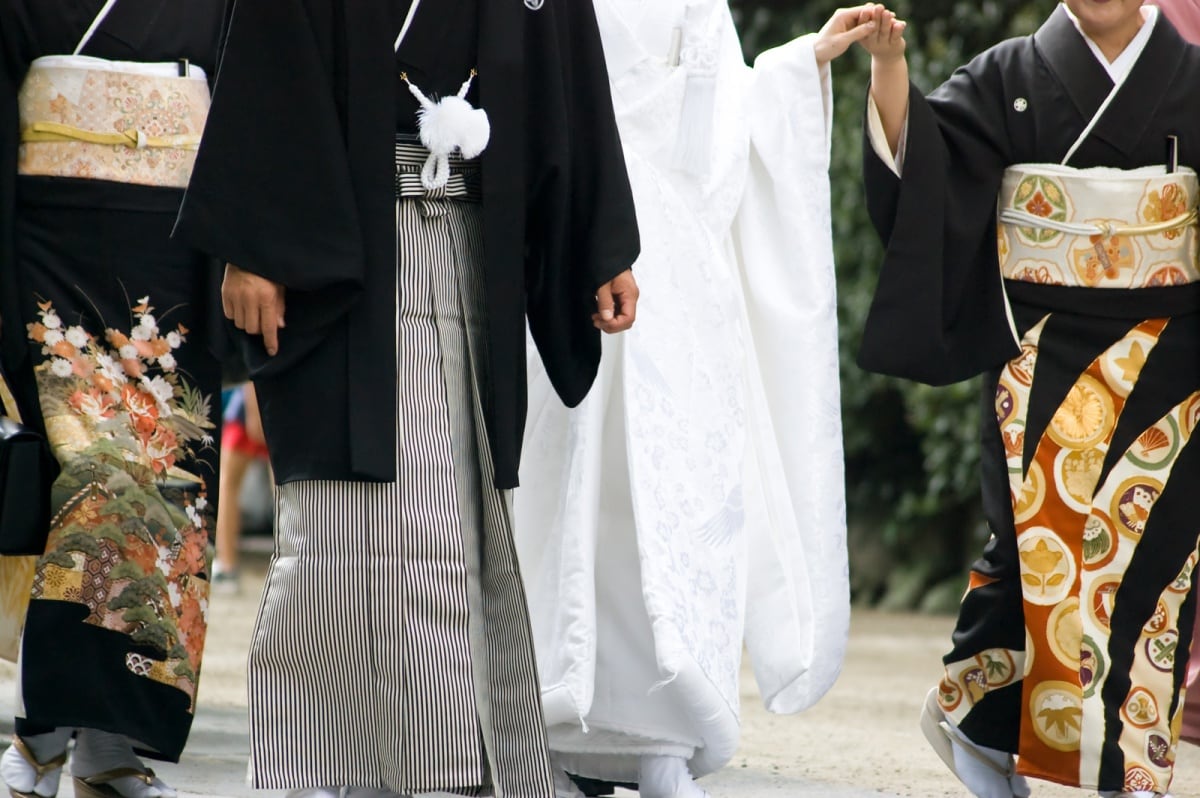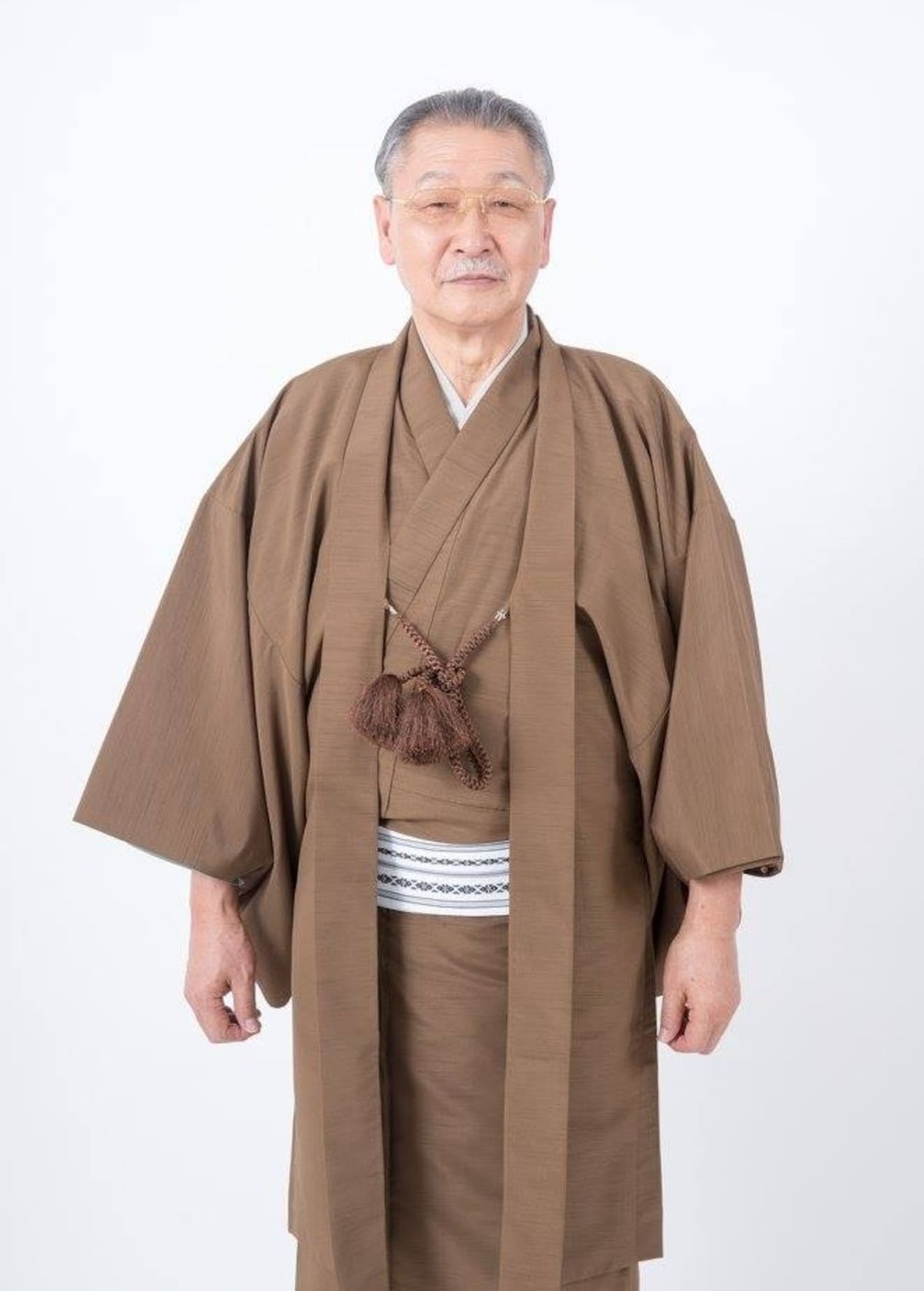Do You Know All the Different Types of Kimono?
You don't need a Japanese-English dictionary to understand the meaning of the word "kimono." But do you know where they came from, and how they came to be? And more importantly, do you know how to identify all the different types?
By Masayoshi Sakamoto (坂本正敬)The History of Kimono
The kimono is perhaps the most iconic item of traditional Japanese clothing. Literally meaning "thing to wear" (着物), its roots can be traced back to the Nara Period (710-794), when aristocratic women of the imperial court wore clothes with stiff Chinese-style collars and long, cylindrical sleeves. As this attire adapted to the influences of the lifestyle and climate of Japan, it gradually became the kimono we see today, with interstitial variations including the highly ceremonial juuni-hitoe (十二単) and the simple kosode (小袖), a basic robe that can also be worn as an undergarment.
Although Japanese people now wear kimono when they have ceremonial occasions such as weddings, they rarely wear them in their daily lives. However, there has been a recent boom in re-embracing historical Japanese traditions, and young women will take to wearing kimono or yukata (浴衣, informal cotton kimono) when sightseeing in ancient towns such as Kyoto and Kanazawa, or going out to enjoy festivals and fireworks events.
Kimono Classifications
There are a dozen classifications of kimono, with grades and ranks fixed by differentiation in design, material and pattern. The number of family crests on the garment is also a key factor in determining the formality of the garment. These may all look similar, but each presents a different fabric and design.
Types of Kimono for Women
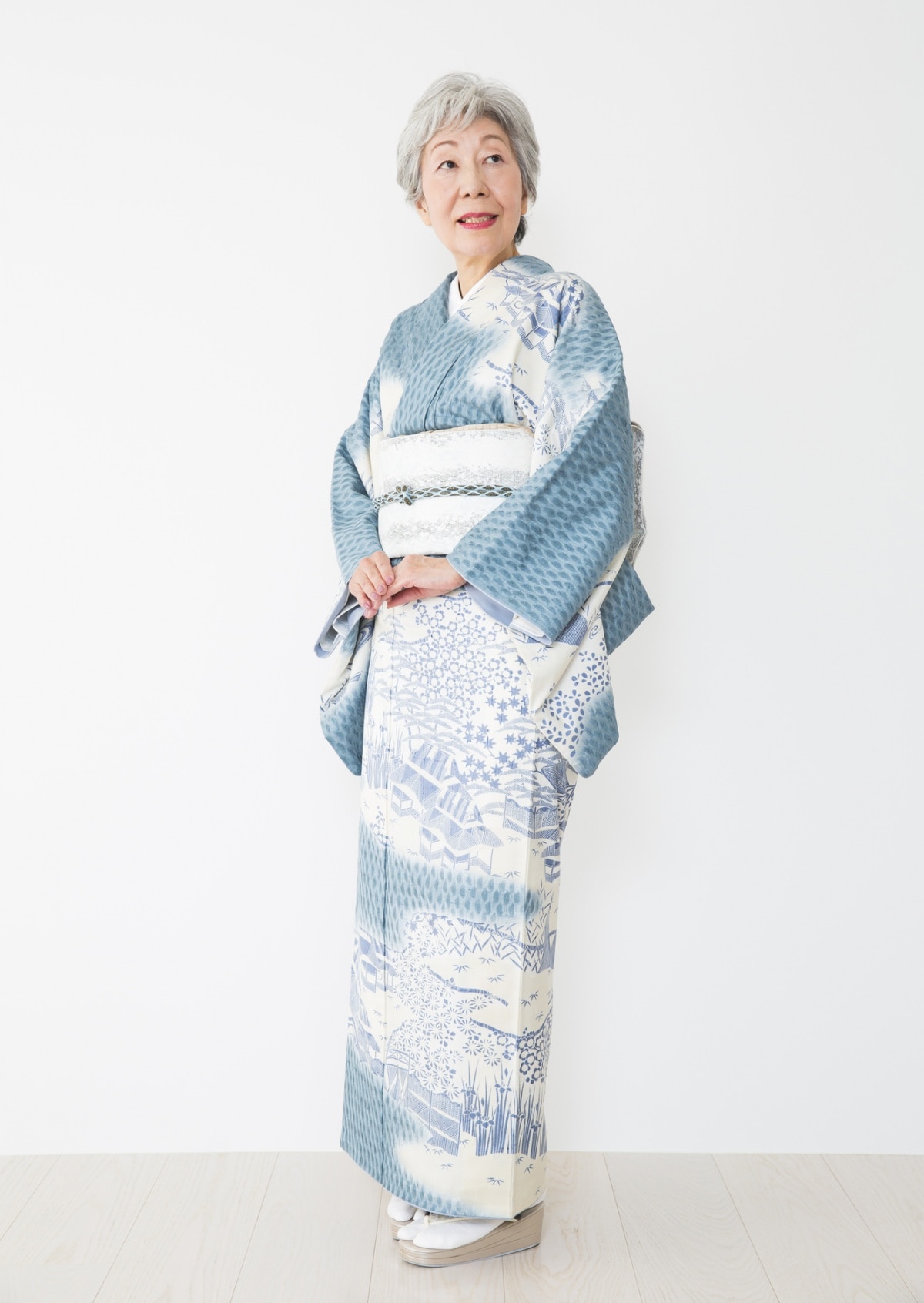
• Furisode (振袖): "Wavy sleeves." Long-sleeved, formal silk kimono for unmarried women.
• Kuro-tomesode (黒留袖): "Black fastened sleeves." Highly formal silk kimono for married women, emblazoned with five family crests: one on the back, one on each sleeve, and one on either side of the chest area.
• Iro-tomesode (色留袖): "Colored fastened sleeves." Semi-formal silk kimono for married women, usually emblazoned with three family crests, though possibly one or five.
• Iro-muji (色無地): "Solid color." Informal silk kimono of a solid color other than black. Usually one family crest, but possibly three or five.
• Homongi (訪問着): "Visiting clothes." Semi-formal silk kimono, usually with a very ostentatious, full-body pattern. Next in status to the furisode for unmarried women.
• Tsukesage (付け下げ): "Fixed hanging." Silk kimono for going out, less ostentatious than a homongi, with patterned areas that do not cross the seams.
• Komon (小紋): "Fine pattern." Silk kimono for going out, featuring a small, repeated pattern all over the garment.
• Yukata (浴衣): "Bath clothing." Casual cotton kimono.
All these kimono will also have different sashes, or obi, with varying designs, patterns and colors.
Types of Kimono for Men
• Kuromontsuki (黒紋付): "Black (clothing) with family crest." Formal black silk kimono for men, usually with five family crests.
• Iromontsuki (色紋付): "Colored (clothing) with family crest." Non-black semi-formal silk kimono for men, with one, three or five family crests.
• Omeshi (お召): "Wear." Informal silk kimono, usually with one family crest.
• Tsumugi (紬): "Pongee" (soft, thin, woven cloth). Silk kimono for going out. Men may also wear a casual wool or hemp kimono for going out as well.
• Yukata (浴衣): "Bath clothing." Casual cotton kimono.
Don't worry if you're confused—even many Japanese people can't distinguish one type of kimono from another at a glance!
When you have an opportunity to wear a kimono, just ask the dressing staff at your kimono rental shop for an appropriate style for your purpose!


